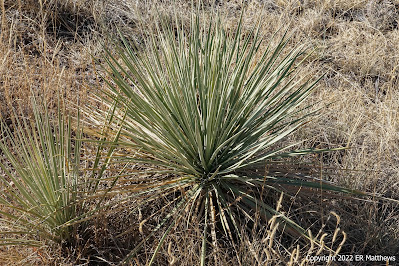The people of Colorado Springs are so lucky to have a world-class park, Garden of the Gods, right in town. It is on everyone's must-see list for very good reason: if you have time in the Springs to do nothing else, a visit to Garden of the Gods should be the one thing that you do.
After spending most of Saturday and Sunday with Carter and Emma, we planned to make an early Monday morning trip to see Garden of the Gods before heading downtown to watch the opening World Cup match for the US team, a 1-1 draw against Wales and a disappointing finish for the young American team.
Because 30th Street, the main drag to the park, is closed for repairs, we ended up detouring in from above on Mesa Road and that was a lucky thing in that it afforded us beautiful views of the entire park from above, with the golden early morning light reflecting back at us off the rock formations and Pikes Peak towering above everything.
Once down in the park, we parked at the not-yet-open-for-the-day Visitor Center and walked under 30th Street towards the center of the park. The first thing I saw was a bird that you don't see every day, a shrike. I didn't have binoculars with me, but from the photo, I want to say that this is an overwintering Northern Shrike.
 |
| Woodhouse's Scrub-Jay in a Piñon |
In another change of nomenclature, I have just discovered that the bird I knew as a Rock Dove is now called a Rock Pigeon. I'm pretty sure that I have mentioned before on this blog that while large flocks of pigeons are nuisances in urban situations, that seeing them in their natural habitat among the rocks and high places is pretty special.
Little did I know then that when we moved to the West Coast in McMinnville in 2017, we would have scads of Oregon Juncos, including multiple pairs nesting in our yard, bringing their babies through our flowerbeds scavenging plant seeds. Now that we have moved east of the Cascades, juncos are not super common and it is notable when we do see one, so it was great to see the little fellow in the photo below at Garden of the Gods, just a few miles south of where I saw my first one ever. But I still miss the eastern Slate-Colored Juncos.
 |
| Male Dark-Eyed "Oregon" Junco |
 |
| Beautiful Plant, But Unknown to Me |
Since moving to the desert in 2021, I cannot remember seeing a yucca in our sagebrush scrublands, whereas they were somewhat common back East. Yuccas are native to Virginia and the southeast from whence we came and there the form is
Y. filamentosa which really does not look anything like the yuccas we saw at Garden of the Gods. Seemingly in every direction that we looked, we would see large stands of
Y. glauca, a handsome plant in the arid landscape, with much finer and many more leaves than
Y. filamentosa.
Garden of the Gods is a spectacular gift to the city of Colorado Springs. It would take many days to explore it all and it's a shame that we didn't have time but to scratch the surface.








































No comments:
Post a Comment